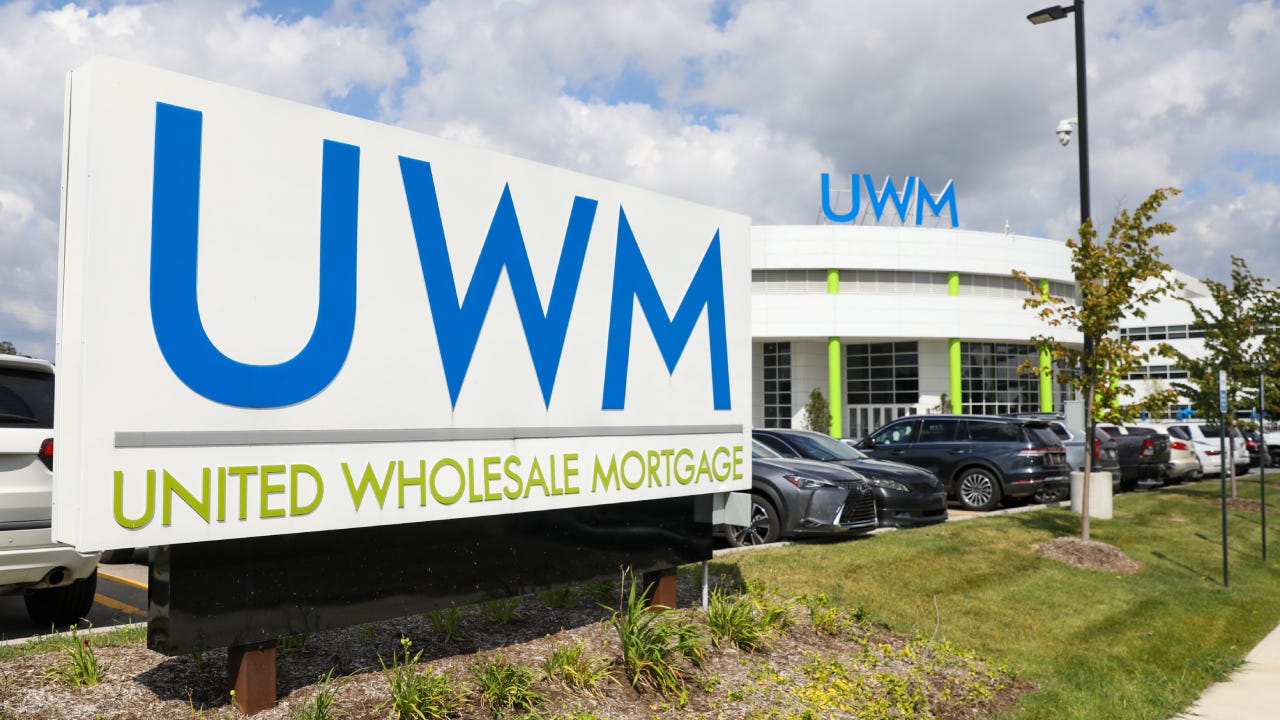
Mortgages settle under 7% ahead of holiday - Current mortgage rates for November 2, 2024
The average rate you'll pay for a 30-year fixed mortgage today is 6.96, the average rate for a 15-year fixed mortgage is 6.24 percent, and the average rate on a 5/1 ARM is 6.57 percent.






